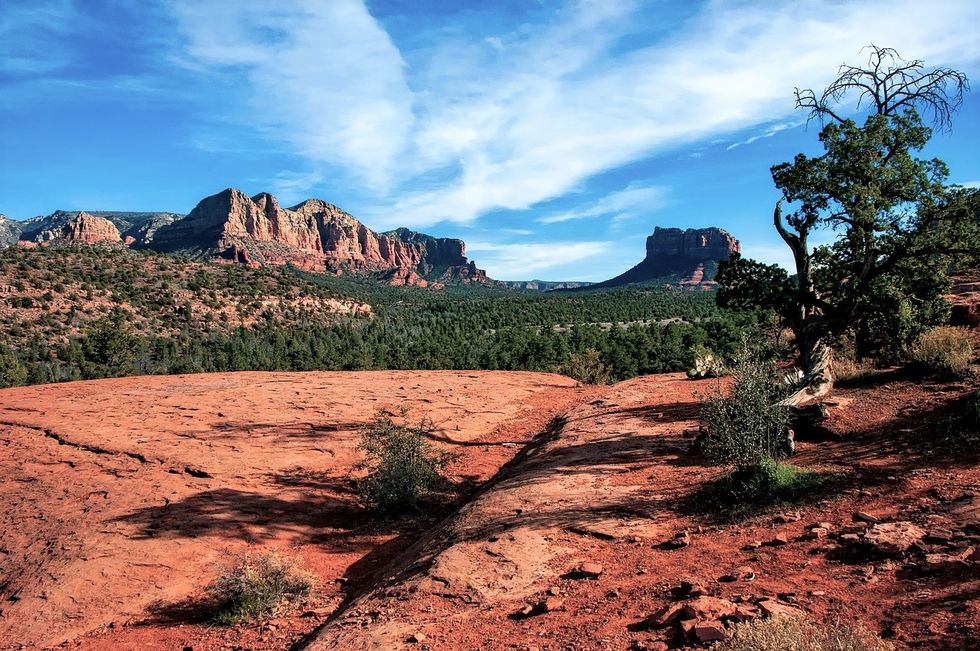A young boy pants heavily, his chest rising and falling laboriously. A film of moisture covers his skin and his clothes cling to his frail, dirty body. Each step is heavy, and he can barely raise his feet enough to kick the sand in front of him. He licks his lips, the rough, cracked skin scratching his tongue.
The boy is traveling across the Arizona desert with four other people: his mother, a guide, and two strangers. Vast plains of yellow sand stretch in every direction, embellished with dry woody plants and the occasional towering saguaro. Above him, the sun beats down on the arid terrain; they usually travel at night when the temperatures are bearable, but they are running out of time. Looking down at the water bottle clutched in his hand, he swallows hard: at best, there's only enough for another day.
This is the reality of thousands of Mexican and Central American immigrants each year. Surrounded by poverty and violence from warring drug cartels, they seek refuge and a livable wage in the United States. Although $9 an hour may seem like a measly minimum-wage sum to American citizens, it is greater than a whole day's earnings in Mexico's notorious maquiladoras. For these immigrants, America is an opportunity to earn enough money to support their families and save their sons from being recruited by drug cartels -- but first they must make the infamously dangerous trip across the border.
Decades ago, one of the most popular methods to illegally cross the border was crawling through old sewer pipes. Shrouded in darkness, migrants would have to crawl for miles before reaching the end of the pipe, often encountering carcasses and live rodents in the narrow space. It was uncomfortable, dark, and dirty, but it was one of the safest ways to cross without being caught by Border Patrol. Since then, however, all of these pipes have been located and closed.
Instead of trekking across the desert, many migrants today choose to cross by water. Hiding from Border Patrol is one obstacle, but avoiding carnivorous animals and fighting the strong current of the Rio Grande are life-threatening problems. While some opt to wade across the river, with children often propped on shoulders or held close to the chest, others construct makeshift rafts.
However, billions spent on taller walls, more patrols, drones, and sensors have made crossing the border unnoticed more difficult than ever. With American administration only becoming more draconian towards Central American immigration, the death count continues to grow: Border Patrol now kicks over jugs of water left for migrants traversing the desert, and children die in immigration detention centers apart from their families. It seems that all the odds are stacked against these migrants -- yet thousands still make this perilous journey.
For many, it is not a choice to stay in their hometowns. It's survival.
With the Presidential election approaching this year, we must keep these stories in our minds and our hearts. Obviously, there is no easy solution to the border issue today, but there are more humane options. With this, I implore you to consider: should law ever be prioritized over life?












